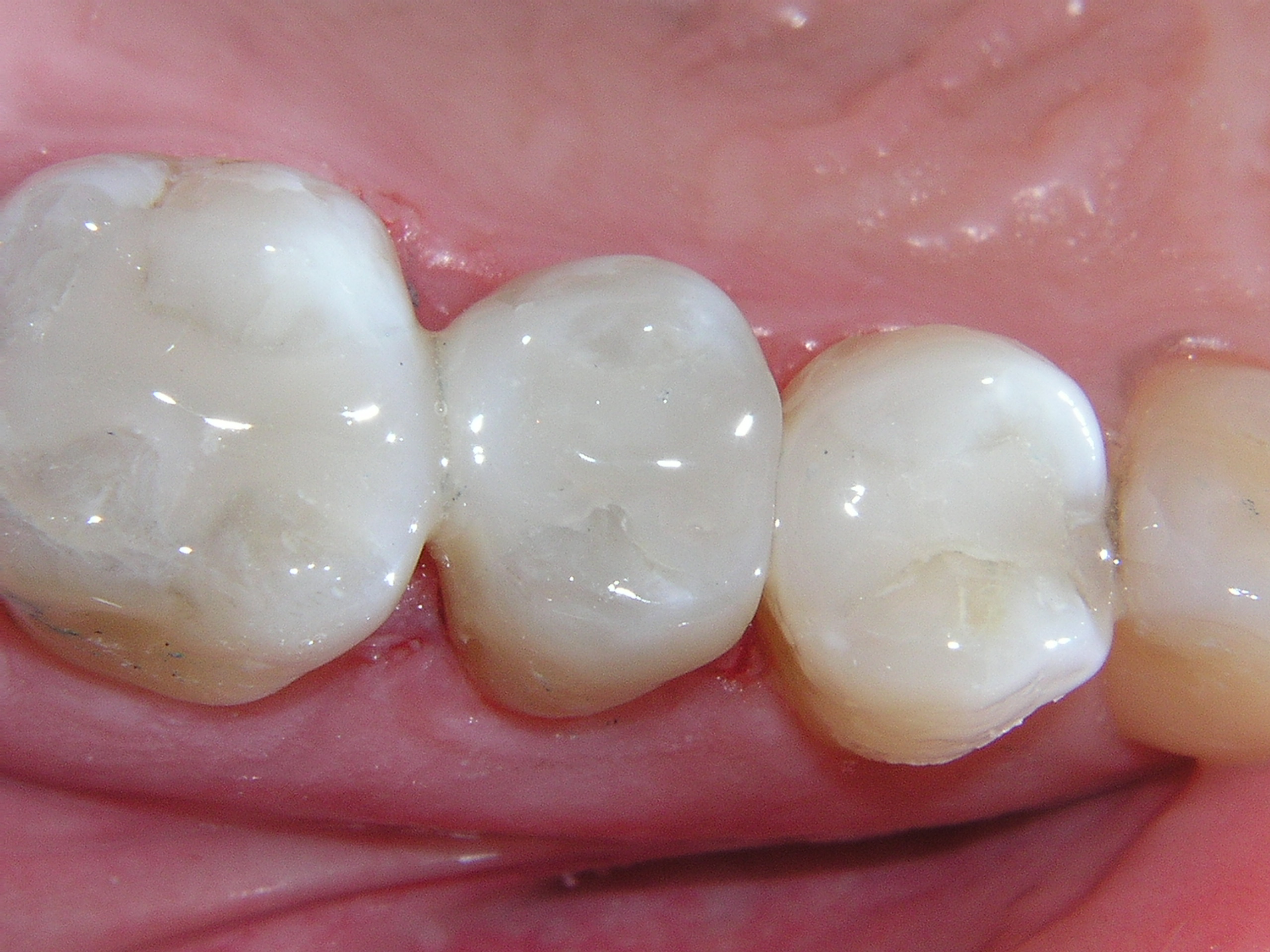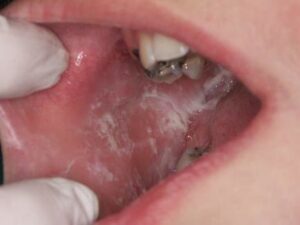Composite fillings, also known as tooth-colored or white fillings, are a type of dental restoration used to repair teeth that have been affected by decay, cracks, fractures, or other damage. They are called “composite” because they are made from a mixture of materials, typically a combination of plastic resin and finely ground glass or ceramic particles.
Here are some key points about composite fillings:
Appearance: One of the main advantages of composite fillings is that they closely match the color of natural teeth. This makes them particularly suitable for use in visible areas of the mouth, as they blend in seamlessly with the surrounding teeth.
Versatility: Composite fillings can be used to restore both front and back teeth, making them a versatile option for dental restorations.
Conservative: Composite fillings require less removal of tooth structure compared to traditional metal amalgam fillings. This means that more of the natural tooth can be preserved during restoration.
Bonding: Composite fillings bond directly to the tooth structure, providing additional support and stability to the restored tooth. This bonding process helps to strengthen the tooth and reduce the risk of future fractures or damage.
Durability: While composite fillings are durable and can withstand normal biting forces, they may not be as long-lasting as metal amalgam fillings in some cases. However, advancements in composite materials have improved their strength and longevity over the years.
Minimal Sensitivity: Composite fillings typically cause less post-operative sensitivity compared to other types of dental fillings, such as silver amalgam fillings. This means patients are less likely to experience discomfort or sensitivity after the filling procedure.
Biocompatibility: Composite fillings are considered biocompatible, meaning they are well-tolerated by the body and less likely to cause adverse reactions or allergies in patients. This makes them a suitable option for individuals with sensitivities or allergies to certain dental materials.
Versatile Applications: Composite materials can be used for more than just fillings. They are also utilized in dental bonding procedures to repair chipped, cracked, or discolored teeth, as well as to reshape teeth for cosmetic purposes. This versatility allows for a wide range of dental treatments using the same material.
Improved Adhesion: Advances in adhesive technology have enhanced the bonding strength of composite fillings to the tooth structure. This improved adhesion reduces the likelihood of filling dislodgement or failure over time, providing a more reliable and long-lasting restoration.
Less Invasive Repairs: In cases where composite fillings need repair or replacement, the process is typically less invasive than with other types of fillings. This is because composite materials can often be added onto existing fillings without requiring extensive removal of the surrounding tooth structure.
Mercury-Free: Unlike silver amalgam fillings, composite fillings do not contain mercury. This can be reassuring for patients who are concerned about potential exposure to mercury vapor from dental restorations.
Immediate Use: Composite fillings harden (cure) quickly once exposed to a curing light, allowing patients to resume normal eating and drinking immediately after the procedure. There is no need to wait for the filling material to set or harden over time.
Placement Process: The placement of composite fillings typically requires multiple steps. First, the decayed or damaged portion of the tooth is removed, and the remaining tooth structure is prepared. Then, the composite material is applied in layers and shaped to match the contours of the tooth. Finally, the filling is hardened (cured) using a special light, and any final adjustments are made to ensure proper fit and bite.
Overall, composite fillings offer a highly aesthetic and conservative option for restoring teeth affected by decay or damage, providing both functional and cosmetic benefits.




